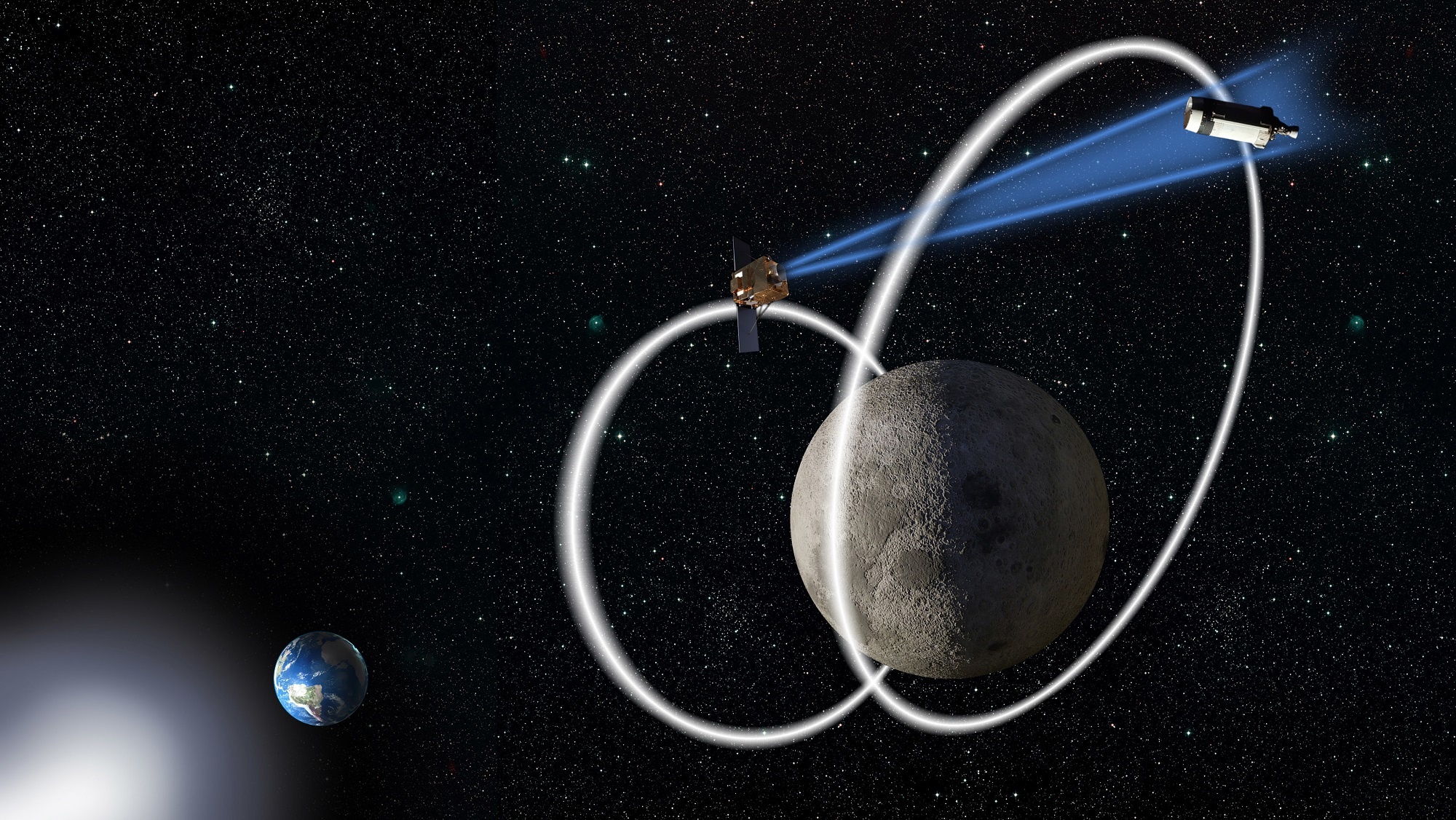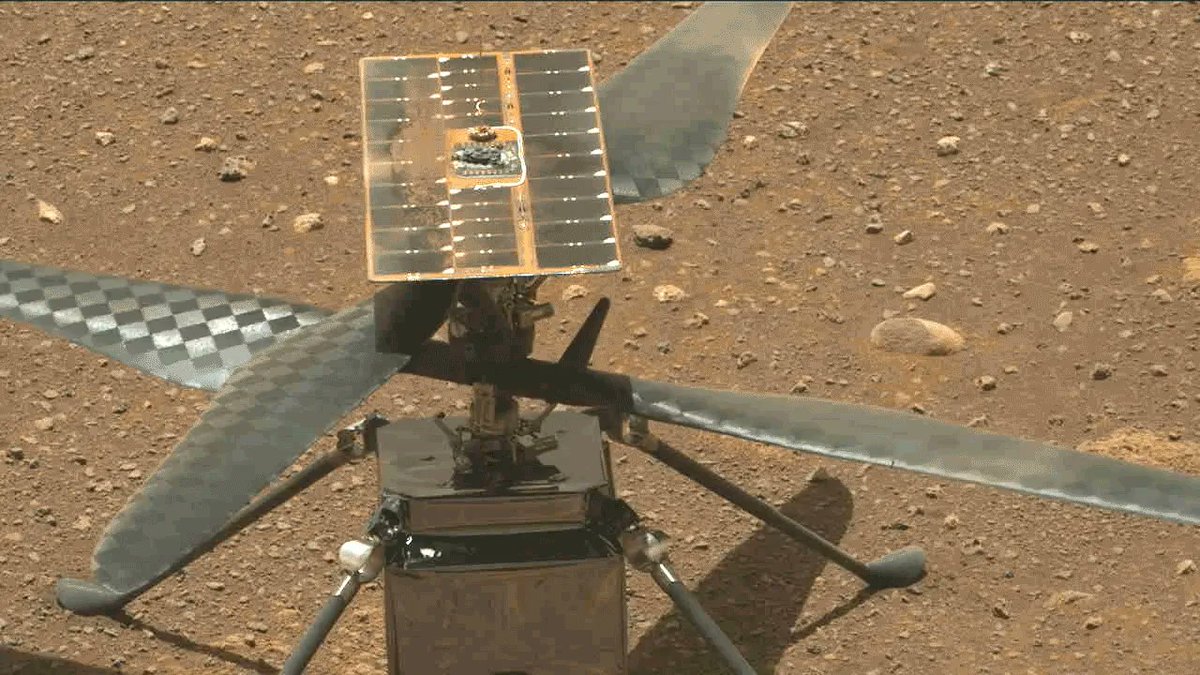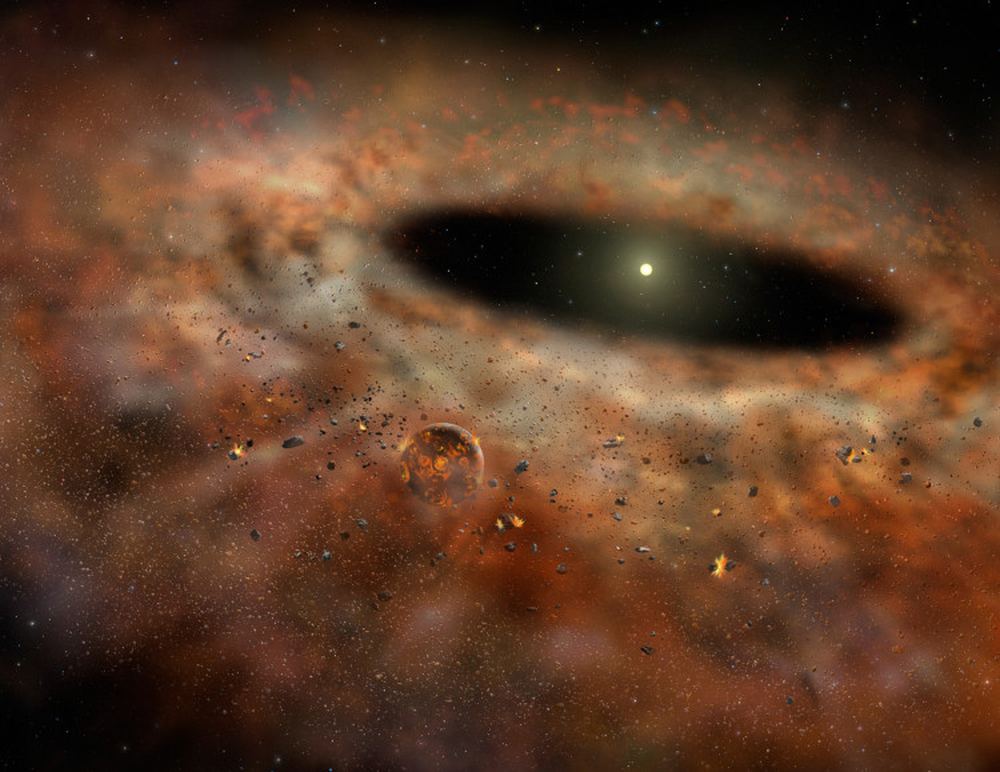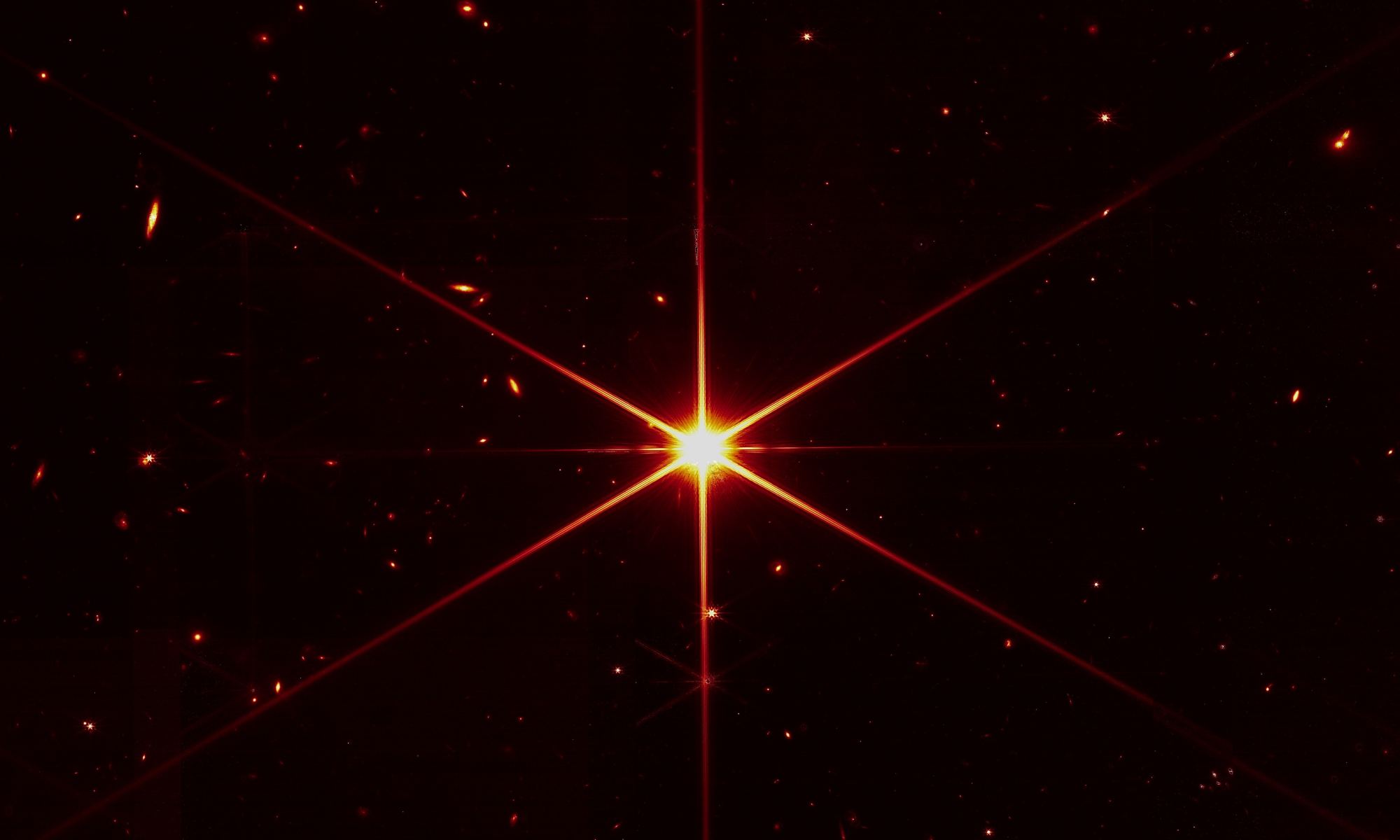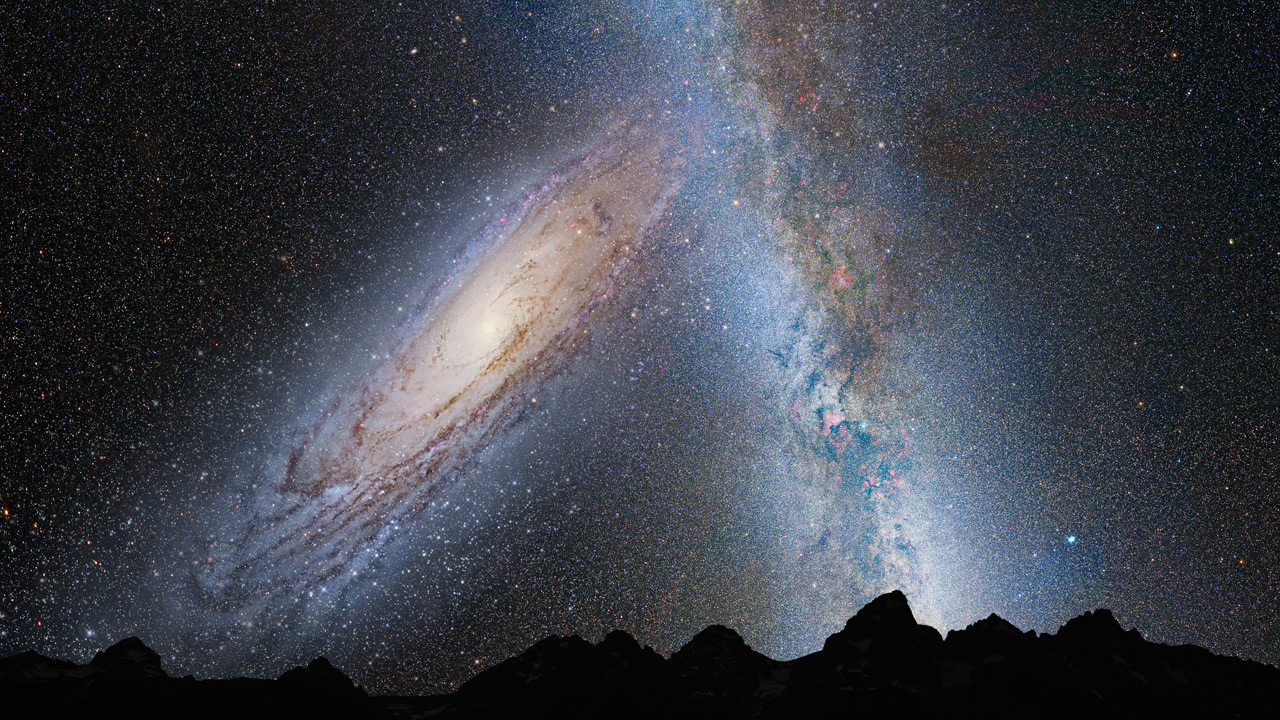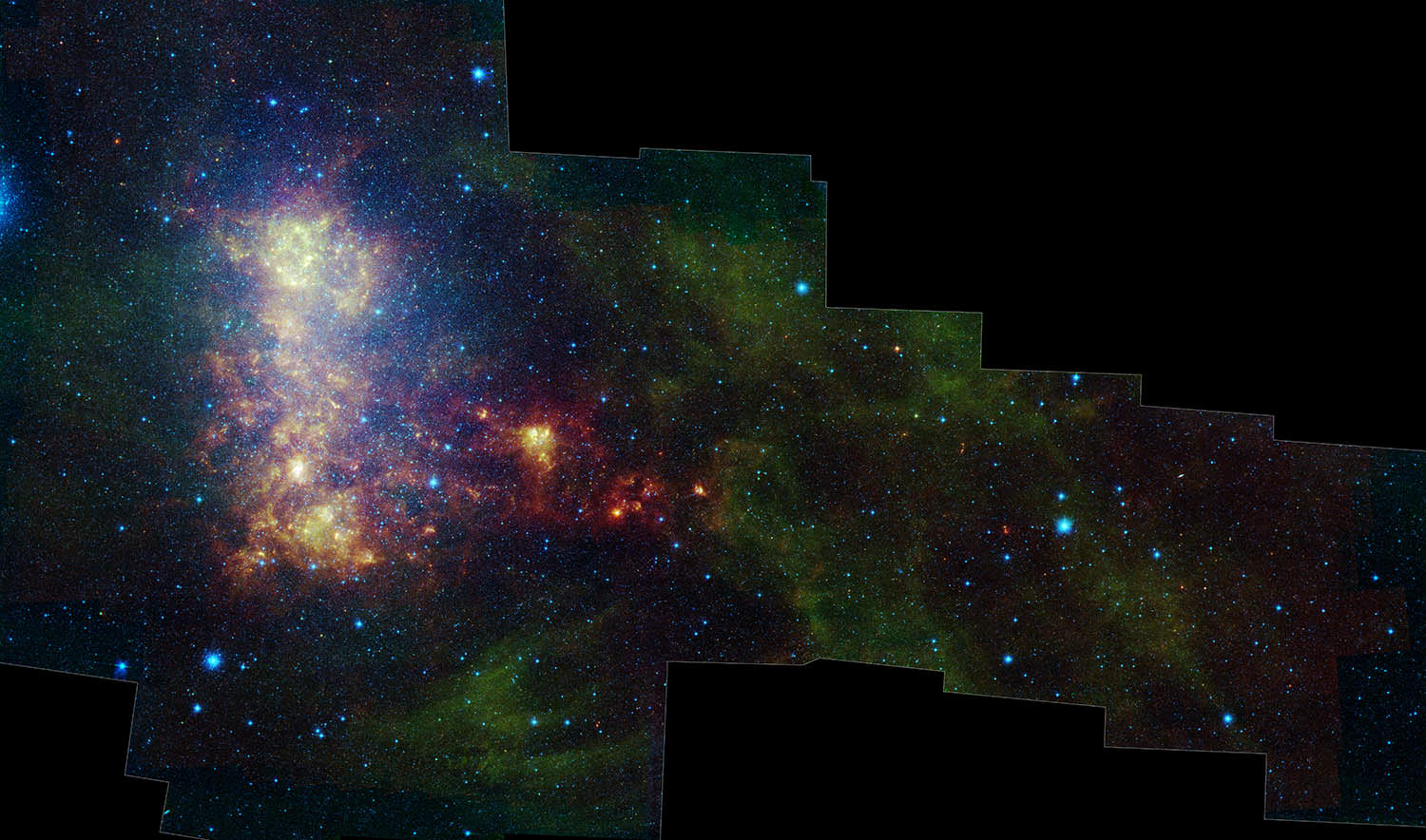An innovative new network CHPS may control space traffic around the Moon.
As human activity extends outward into the solar system, we’ll need a way to keep track of space junk, and the growing number of missions around the Moon and beyond.
Recently, the newly-formed U.S. Space Force announced plans to create CHPS, the Cis-lunar Highway Patrol System. Despite an acronym harking back to a certain cheesy TV series in the 1970s, CHPS will provide a serious look at space traffic further out in orbit around the Earth-Moon system. Such a network is vital, as private companies and space agencies are set to return to the Moon in a big way in the coming decade.
Continue reading “U.S. Space Force CHPS to Patrol Around the Moon”
